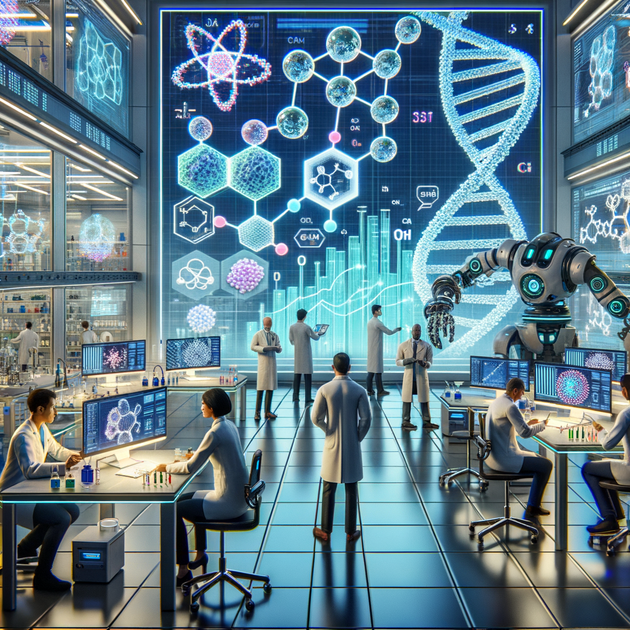How ActFound AI is Revolutionizing Bioactivity Prediction in Drug Development
Imagine a world where the discovery of new drugs is accelerated, more affordable, and accessible. Thanks to an emerging AI model, ActFound, we’re getting closer to that reality. This state-of-the-art AI tool has shown exceptional promise in predicting the bioactivity of compounds, thereby streamlining the drug discovery process.
The Importance of Bioactivity Prediction
Bioactivity prediction entails understanding how potential drug compounds interact with biological targets, their effects on biological systems, and their therapeutic outcomes. This process is critical as it helps researchers identify useful compounds from a vast pool of candidates, saving both time and significant costs traditionally associated with drug development.
Overcoming Traditional Challenges
One of the most significant hurdles in applying AI and machine learning (ML) to bioactivity prediction lies in insufficient data labeling and the inconsistencies between assays. Assays are tests used to evaluate the activity or potency of drugs. These inconsistencies often compromise the reliability of AI models.
Introducing ActFound: A Game Changer
Researchers from the University of Washington, Peking University, and the AI tech firm INF Technology Shanghai have jointly developed ActFound, an AI model that stands out by outperforming its competitors and proving to be a more cost-effective solution than traditional methods.
ActFound doesn’t just compete with other AI models. It also rivals the traditional free-energy perturbation (FEP) method, a computational technique long used in drug discovery but demanding in terms of computational resources and data requirements.
Training ActFound for Superior Performance
ActFound was trained on a vast dataset, including 35,644 assays from a well-known chemical database and 1.6 million experimentally measured bioactivities. This robust training set helps the model achieve higher accuracy and generalizability, capturing complex patterns in bioactivity predictions more effectively.

Leveraging Meta-Learning and Pairwise Learning
The team’s innovative approach incorporates two cutting-edge machine learning techniques: meta-learning and pairwise learning.
- Meta-learning: This method allows the model to make reliable predictions even with limited data by drawing on knowledge from a large number of assays. This is particularly crucial in drug discovery, where generating extensive bioactivity data is both costly and time-consuming.
- Pairwise learning: Instead of predicting exact values, this method compares compounds relative to each other. This approach aids in generalizing the model’s capabilities across different datasets.
ActFound’s Impact on Drug Discovery
In practical applications, ActFound has demonstrated its potential in significant ways, such as predicting the bioactivity of cancer drugs more accurately than existing models. This powerful tool is not merely a theoretical breakthrough but a precursor to practical, scalable solutions in drug development.
Driving Innovation in the Pharmaceutical Industry
China, in particular, is investing heavily in AI to expedite drug development. AI models like ActFound enable pharmaceutical companies to evaluate the bioactivity of compounds more efficiently and cost-effectively than ever before. This investment is expected to accelerate breakthroughs in various medical fields.
What’s Next for AI in Bioactivity Prediction?
The development of ActFound is a remarkable step forward. As AI and ML technologies continue to evolve, they will undoubtedly unlock new avenues for innovation and revolutionize the drug discovery pipeline.
Engage with us: What are your thoughts on the future of AI in drug development? How do you see models like ActFound changing the landscape? Share your insights and let’s discuss!
